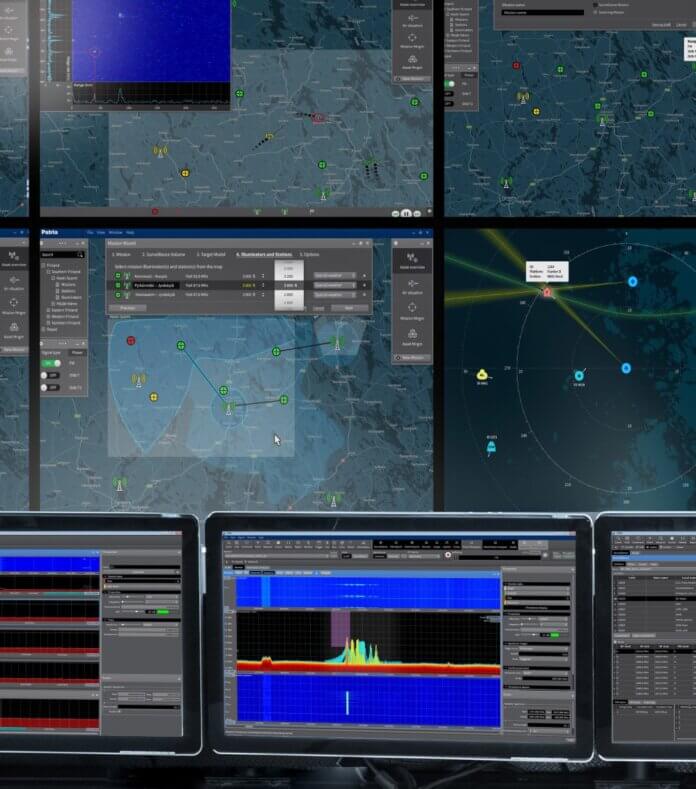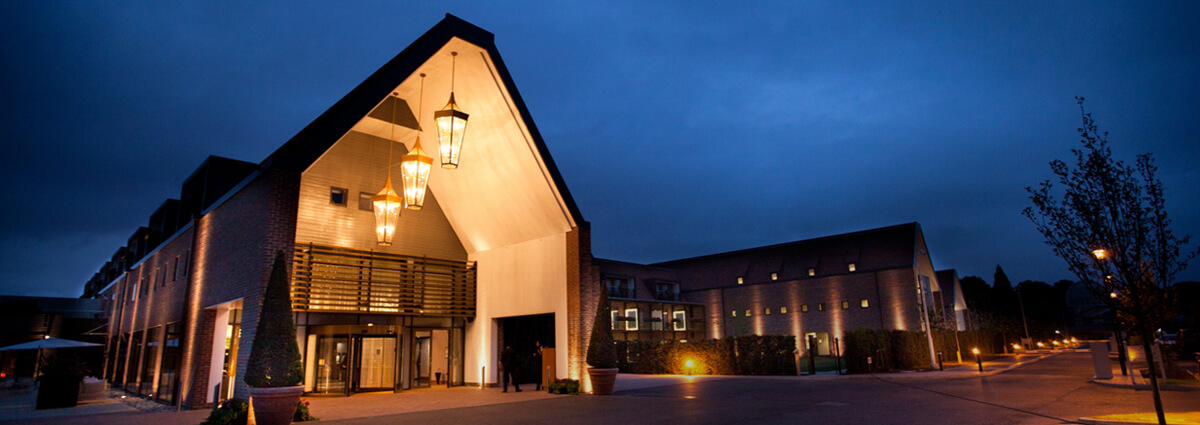
Armada’s monthly round-up of all the latest electronic warfare news in the product, programme and operational domains.
New ARIS Acquisitions
In early February, Patria announced it had signed agreements to supply the company’s ARIS Electronic Intelligence (ELINT) system to two undisclosed North Atlantic Treaty Organisation (NATO) members. ARIS is produced in two versions, the ARIS and ARIS-E. The key difference is that the ARIS is designed for ELINT gathering while ARIS-E adds Electronic Support Measure (ESM) functions. The company’s literature says that ARIS covers a waveband of 270 megahertz/MHz to 18 gigahertz/GHz. Optional increases for ARIS include extensions of 20MHz to six gigahertz, and 18GHz to 40GHz. ARIS-E works across a two gigahertz to 18GHz waveband. Options exist to extend this waveband downwards to 800MHz and upwards to 40GHz. Although the company cannot disclose when these ARIS deliveries will take place, it did tell Armada that the product is usually deployed in fixed, transportable and mobile ground configurations. That said, ARIS can also equip naval and airborne platforms. “ARIS relies on high-gain, directional antennas … whereas ARIS-E relies on interferometer antenna units providing automatic direction finding, 360-degree field-of-view (with multiple antenna units) and ultra-wide instantaneous frequency bandwidth,” the company said in a statement. Both ARIS and ARIS-E geolocate emitters-of-interest using line-of-bearing, angle-of-arrival and triangulation techniques; the latter with two or more sensors. Whereas ARIS “focuses on intelligence use cases … ARIS-E focuses on surveillance use cases.” As well as supporting ELINT collection and analysis of radar signals, both systems can intercept communications signals “when they fall into the supporting frequency ranges.”

Air Defence Week – Call for Papers
This year, IQPC will once again run its Air Defence Week event in London between 24th and 27th June. The event takes place in the delightful setting of Syon Park in the west of the city. Syon Park is the home of Syon House which was built in 1552. The house has a rich history. It was where Catherine Howard, the fifth wife of the England’s King Henry VIII (1491 – 1547), was imprisoned. Lady Jane Grey, the ‘nine days queen’, lived at the house before her short reign in July 1553. More recently, in 1609, Syon Park was the venue for the first ever use of the telescope. This year’s conference comprises three events under one roof at the Hilton London Syon Park hotel. These include Directed Energy Systems (24th June), Full Spectrum Air Defence (25th to 26th June) and Military Radar (27th June). As with previous events, delegates can expect to hear the latest research and operational perspectives on a host of subjects. The conferences also present great networking opportunities. IQPC is keen to hear from potential speakers, and proposals for presentations are most welcome. Please do feel free to contact the conference producer, Lucy Breuning ([email protected]) for more information.
by Dr. Thomas Withington












